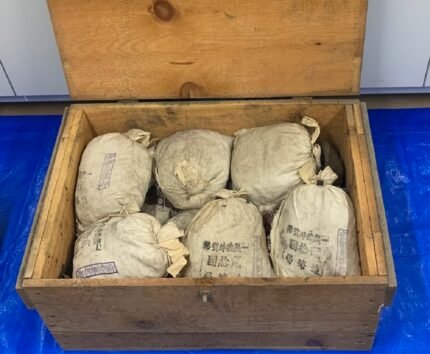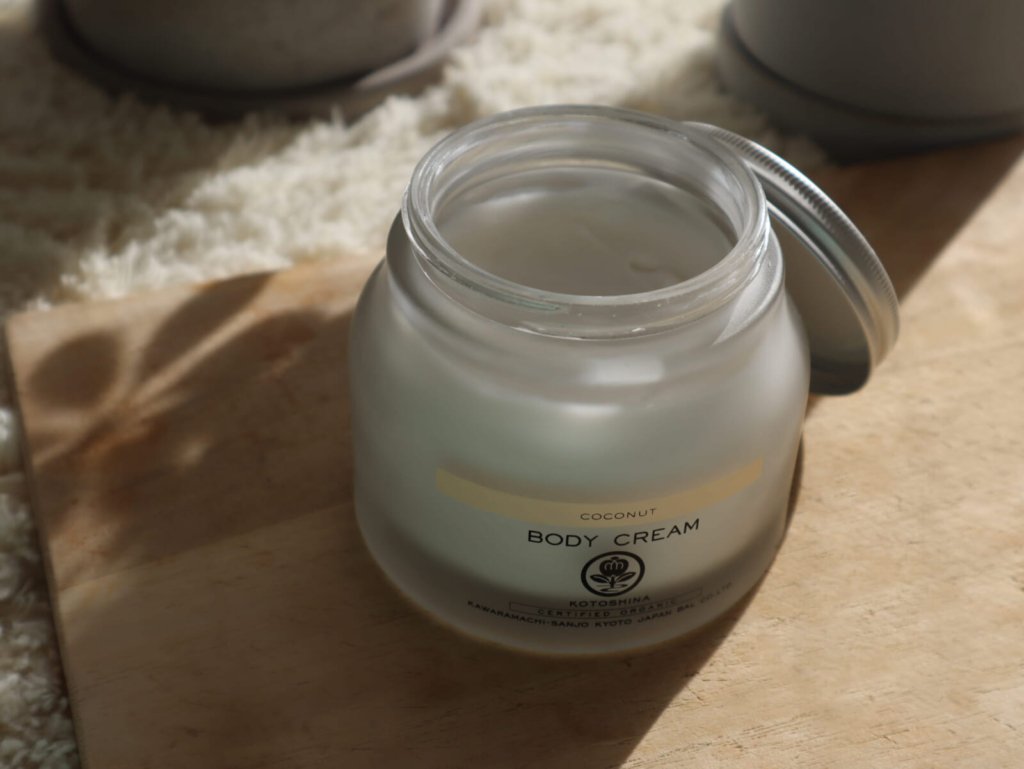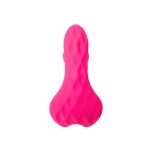A large number of ceramic coins made in Japan during the last month of World War II have been discovered in a warehouse in Kyoto. The count is still ongoing, but the estimated quantity is 500,000 coins packed in 15 bulk and bagged wooden boxes. they are called Maboros (meaning phantom or illusory) coins, the finding of half a million coins is unprecedented because they were destroyed in large numbers at the end of the war.

In 1944, nearly all of the metal available to Japan was earmarked for weapons, ammunition, and other military uses, leaving only a small amount for the production of new currency. The Japan Mint commissioned ceramic manufacturers in the cities of Kyoto, Seto and Arita to create prototype ceramic coins in denominations of 10 sen, 5 sen and 1 sen (100 sen is equivalent to 1 yen). The Kyoto-based company is Shofu Kogyo Co, established in 1906 as a manufacturer of export porcelain and industrial porcelain (high-voltage ceramic insulators, chemical porcelain) for the local market. In 1922, they began a new venture: researching and manufacturing Japan’s first artificial ceramic teeth, and by the late 1930s, they became Japan’s leading producer of ceramic dental products.
[InJuly1945lessthanamonthbeforetheendofthewarmassproductionofceramiccoinsbeganinKyotoandSetoWiththesurrenderofImperialJapanonAugust151945coinproductioncametoanabrupthaltwithapproximately15millioncoinsmintedStockpilesofceramiccoinsaredestroyedbeforeenteringcirculationThat’swhythey’recalled”ghostcoins”AfterthewartheentireSencoinagewaswithdrawnfromcirculationwiththelastmetalcoinswithdrawnfromcirculationin1953[1945年7月,距离战争结束还不到一个月,京都和濑户开始大量生产陶瓷币。随着1945年8月15日日本帝国投降,硬币的生产突然停止,大约铸造了1500万枚。陶瓷币的库存在进入流通之前就被销毁了。这就是为什么它们被称为“幽灵币”。战后,整个森币种停止流通,最后一批金属硬币于1953年停止流通。
The Shofu Kogyo Company was dissolved in 1967, but its descendant, Shofu Global, is still going strong today and is still producing cutting-edge (no pun intended) dental materials and equipment. In August 2023, a large number of undamaged and uncirculated ceramic coins were discovered in their warehouse at the site of the former Shofy Kogyo company. They are one-sen coins with Mount Fuji on one side and cherry blossoms on the other.

The company handed over the 15 boxes to the Japanese Mint and received a formal letter of thanks and 100 coins as a souvenir.
The Mint owns these coins and we hope that the recent discovery of so many ceramic coins will shed new light on the environment surrounding coinage at the end of the Pacific War.
In the future, we plan to conduct a detailed investigation of the condition of the ceramic coins found, while also consulting the remaining material in the Mint’s collection, in the hope of learning more about the manufacturing conditions at the time.
Once the investigation is complete, the mint plans to display the coins at a museum at its headquarters in Osaka and branch museums in Saitama and Hiroshima prefectures.


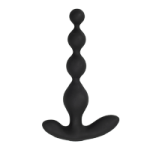 Anal Beads
Anal Beads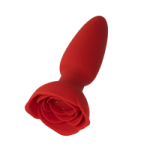 Anal Vibrators
Anal Vibrators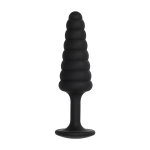 Butt Plugs
Butt Plugs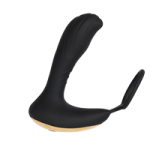 Prostate Massagers
Prostate Massagers
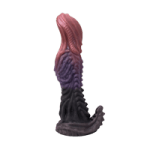 Alien Dildos
Alien Dildos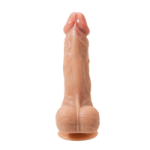 Realistic Dildos
Realistic Dildos
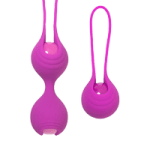 Kegel Exercisers & Balls
Kegel Exercisers & Balls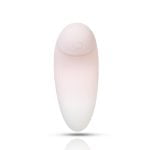 Classic Vibrating Eggs
Classic Vibrating Eggs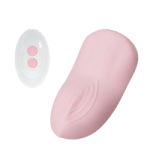 Remote Vibrating Eggs
Remote Vibrating Eggs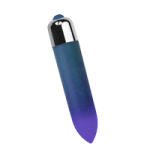 Vibrating Bullets
Vibrating Bullets
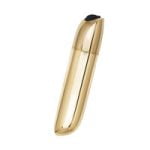 Bullet Vibrators
Bullet Vibrators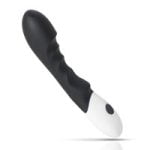 Classic Vibrators
Classic Vibrators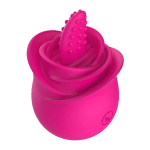 Clitoral Vibrators
Clitoral Vibrators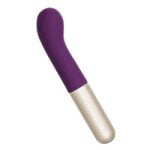 G-Spot Vibrators
G-Spot Vibrators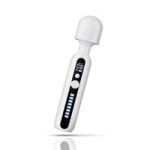 Massage Wand Vibrators
Massage Wand Vibrators Rabbit Vibrators
Rabbit Vibrators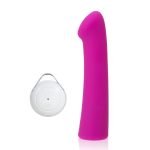 Remote Vibrators
Remote Vibrators
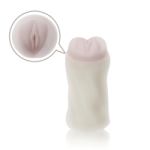 Pocket Stroker & Pussy Masturbators
Pocket Stroker & Pussy Masturbators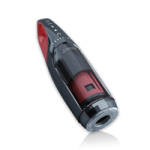 Vibrating Masturbators
Vibrating Masturbators
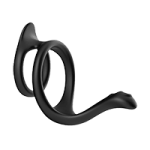 Cock Rings
Cock Rings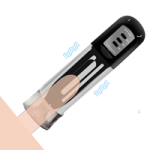 Penis Pumps
Penis Pumps
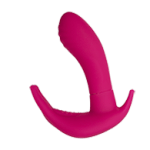 Wearable Vibrators
Wearable Vibrators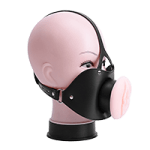 Blindfolds, Masks & Gags
Blindfolds, Masks & Gags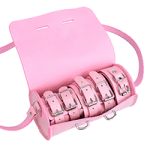 Bondage Kits
Bondage Kits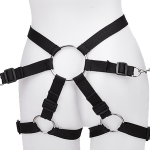 Bondage Wear & Fetish Clothing
Bondage Wear & Fetish Clothing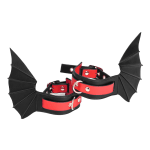 Restraints & Handcuffs
Restraints & Handcuffs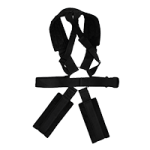 Sex Swings
Sex Swings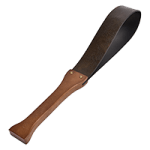 Ticklers, Paddles & Whips
Ticklers, Paddles & Whips






